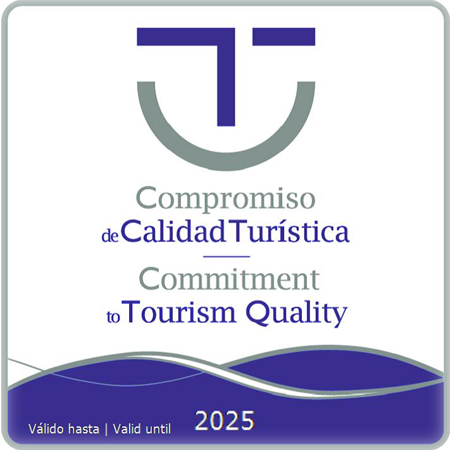 The Civil War Air Raid Shelter Museum is a place to remember and learn about the recent history of Cartagena, which was a strategic point and prime bombing target in the Civil War. As you pass along some of the galleries and hear the testimonies of those who lived during the conflict you can appreciate how the struggle changed their lives as well as how the passive and active defence of the city was organized. The audio-visual with the actual images and sounds of the war brings home the scale and severity of the war as you experience it inside an actual shelter.
The Civil War Air Raid Shelter Museum is a place to remember and learn about the recent history of Cartagena, which was a strategic point and prime bombing target in the Civil War. As you pass along some of the galleries and hear the testimonies of those who lived during the conflict you can appreciate how the struggle changed their lives as well as how the passive and active defence of the city was organized. The audio-visual with the actual images and sounds of the war brings home the scale and severity of the war as you experience it inside an actual shelter.
-
Civil War Shelters MuseumThe passive and active defense gallery
-
Civil War Shelters MuseumThe daily life gallery
-
Civil War Shelters MuseumThe audiovisual
High season (from July 1 to September 15)
From Monday to Sunday from 10:00 a.m. to 8:00 p.m.
Medium season (from March 15 to June 30 / from September 16 to November 1)
From Tuesday to Sunday from 10:00 a.m. to 7:00 p.m. (Easter from Monday to Sunday)
Low season (from November 2 to March 14)
From Tuesday to Sunday from 10:00 a.m. to 5:30 p.m.
The Museum-Refuge of the Civil War will be closed on days:
- January 1 and 6 and December 25.
- January 5 and December 24 and 31 only in the afternoon.
* Opening hours may be modified. Please check at destination.
** For special opening hours consult What's on.
*** The groups with previous reservation will have preference in the turn of entry.
Last access up to 15 minutes before closing.
General admission: €4
Reduced admission: €3
*Children under 12 years old, students up to 25 years old, Youth Card and Youth Card +, unemployed, pensioners, retirees, disabled, family (2 or more adults + 2 or more children under 12 years old ), large family card and groups of 20 or more.
Free entrance:
- Children under 3 years old.
- Official tourist guides.
- Members of the Cartagena Puerto de Culturas Club (except activities).
- Dolores bank holiday (local holiday).
* To benefit from the reduced or free rate, visitors must purchase their ticket at the box office with valid and current documentation.
**During temporary exhibitions or special activities, ticket prices may be modified.
ON-LINE PURCHASE
Approximate duration: 30 minutes.
Timetable:
- High season
11.00, 12.00, 17.00 and 18.00
- Mid-season
11.00, 12.00 and 17.00
- Low season
11.00, 12:00 and 16.00
* These timetables are subject to modification: please consult before planning visits.
Rules for Guided Tours (PDF - 422,33 KB - Fecha de revisión: 07/11/2024)
Free Online Booking
By learning about the consequences of war, we aim to teach students to value and work towards world peace through artistic activities like drawing.
Who hasn't wanted to be an actor or actress at some point in their life? At the Civil War Shelter Museum we offer a first opportunity to do so. Students will learn details about the history of film and later record a silent movie.
Accessibility
Tourism for all is one of the main objectives of Cartagena Puerto de Culturas. We are working to ensure access for as many visitors as possible. At present, the Civil War Air Raid Shelter Museum offers the following facilities for visitors with special needs:
- Architectural barriers have been eliminated by the installation of a lift.
- Adapted toilets.
- Audio-visual for people with hearing disabilities.
- Reduced rate for those with disabilities, presenting official proof at the ticket office.
- Guide dog access is allowed with the corresponding accreditation.
Audio guides
Enjoy your visit with the audio guides provided by the Civil War Air Raid Shelter Museum. Courtesy of new technology you can visit freely and comfortably at your own pace.
The audio guide is available in 4 languages (Spanish, English, French and Russian) and costs 2 euros.
Refreshments
There are vending machines in the Civil War Air Raid Shelter Museum selling cold drinks, coffee and snacks.
Historical context
After the fall of the monarchy and the regime of Primo de Rivera, on 14th April 1931 the Second Republic was proclaimed and King Alfonso XIII went into exile, departing from Cartagena. For the next five years right- and left-wing governments succeeded each other in power, leading to a build-up of political and social confrontations which finally led to civil war. The triumph of the Popular Front in the elections of February 1936 was the trigger. Francisco Franco led to the military upraising on 17th July, an attempted coup against the government of the Republic which led to a civil war that lasted almost three years. The uprising failed in Cartagena, which remained on the Republican side throughout the war and was one of the last cities into which nationalist troops entered: on 31st March 1939 the Fourth Navarre Division entered the city and the war ended on 1st April 1939.
The city was one of the operational bases of the Republicans and played a decisive military role for various reasons: weapons were distributed from the city, an important centre for the manufacture of armaments, support arrived here from Russia, which supported the Republican side, and was distributed to the front from Cartagena, and the city was also the base of the Republican fleet. As such it was one of the targets for the Nationalists, or military rebels, and was bombarded by German and Italian aircraft throughout the conflict. The air attacks began in October 1936 and became more and more frequent, making the construction of shelters being one of the primordial concerns in Cartagena, which survived brutal episodes during the war such as the devastating “4-hour bombardment” of 25th November 25 1936 and the sinking of the ship Castillo Olite.
The Passive Defence Board, the trades unions and neighbourhood groups lobbied for the construction of shelters in order to protect the civilian population from 1936 onwards. The anti-aircraft shelters on Calle Gisbert Street were one of the largest complexes in the city but they were not the only ones, and there was a whole network of galleries created in the city centre and outlying and rural districts.
The shelters in Calle Gisbert
Construction of the Calle Gisbert shelters, in the hill of La Concepción, began with the war well under way in 1937. This was one of the few shelters to receive financial support from the central government since the city council, which financed the early stages of construction, had insufficient funds to complete the project.
This was one of the largest shelters in the city and could house some 5,500 people. There were 20 access points and a First Aid room, but the galleries were not completed, as can be seen from the unfinished galleries around which the museum is built. Only some of the original galleries of the shelter are open to the public.
Various aspects of the Civil War are illustrated along the museum route. The first gallery explains the reasons why the city became a target for Nationalist aircraft, how the shelters were built and the changes in the everyday life of people in Cartagena with the outbreak of the war: these included serious problems in the food supply, the attempts to continue with education despite the constant bombings and the few leisure opportunities open to the population.
The second gallery explains the need to protect the city against the bombardments both passively and actively. The Passive Defence Board was created to manage and organize the construction of shelters and distribute advice and information pamphlets, giving a series of instructions of how people could react during the attacks. The purposes of active defence – i.e. the military response to air strikes - the Special Defence Against Aircraft (DECA) unit was established to oversee anti-aircraft artillery and searchlight, alarm, communications and aerial observation systems.
The visit continues with the story of the bombings suffered by Cartagena, the “4-hour bombardment” by the German Condor Legion on 25th November 1936 being one of the severest. The tour ends with a video showing original coverage of the conflict, taken from different archives and perfectly illustrating the brutality of the war.
Exploitation of the site
The restoration of the Castillo de la Concepción, on the top of the hill of the same name, entailed another project to make it more accessible by means of an elevator on Calle Gisbert. Work began in 2001 and the large anti-aircraft shelters built during the Civil War, which had been left unfinished, were reopened. The initial project, together with the construction of the Panoramic Lift, included the restoration and development of the galleries as well as the construction of an annex building that would provide access to the shelters and an administrative building for the Cartagena Puerto de Culturas consortium. The architectural work was overseen by Andrés Cánovas, Nicolás Maruri, Martín Lejárraga and Atxu Amánn.
The tour of the museum:
- Types of shelters and their construction. This area deals with the styles, materials and types of shelter used to protect the civilian population.
- Life in the Civil War. An explanation of the changes brought about in everyday life in Cartagena by the outbreak of war through photographs, information panels, first-hand accounts and recreations.
- Passive defence. Posters, information panels and objects used in the war showing the methods of defence that the civilian population had to be familiar with.
- Active defence. The "Special Defence Against Aircraft" (DECA) unit was responsible for antiaircraft artillery and searchlight, warning, alarm, intelligence, communications and observation systems.
- Cartagena under the bombs. Real images offer an overview of the devastation suffered by Cartagena during the bombings.
Bibliography
- García Tous, F.J. y Puchol Franco, M.S., (2003). “Bombardeos aéreos sobre Cartagena 1936. El bombardeo de las 4 horas”. Revista Cartagena Histórica, 3, págs. 5-19.
- Pérez Adán, L.M., (2004). El hundimiento del Castillo Olite.
- Besolí Martín, A. y Peinado Cucarella, J., (2008). “El estudio y puesta en valor de los refugios antiaéreos de la guerra civil española: el caso del refugio y museo de Cartagena”. Revista Arqueomurcia, 3.
- Rubio Paredes, J.M., (2009). “Los refugios de la guerra civil en Cartagena. Algunos planos inéditos”. Revista Cartagena Histórica, 27, págs. 16-27.
- Egea Bruno, P.M., (2009). “Cartagena, propaganda y guerra civil”. Revista Cartagena Histórica, 30, págs. 4-34.
- VV.AA. (2012). Cartagena Puerto de Culturas. Convirtiendo el pasado en futuro.
Contact
10 Gisbert St. 30202 Cartagena (Spain)Phone +34 968 500 093
Fax +34 968 529 298
Emails:
Social networks
The internet portals of the Hon. Cartagena City Council only uses its own cookies for technical purposes; they do not collect or transfer personal data from users without their knowledge. However, they contain links to third-party websites with privacy policies unrelated to those of said city hall portals, which you can decide whether to accept or not when you access them.
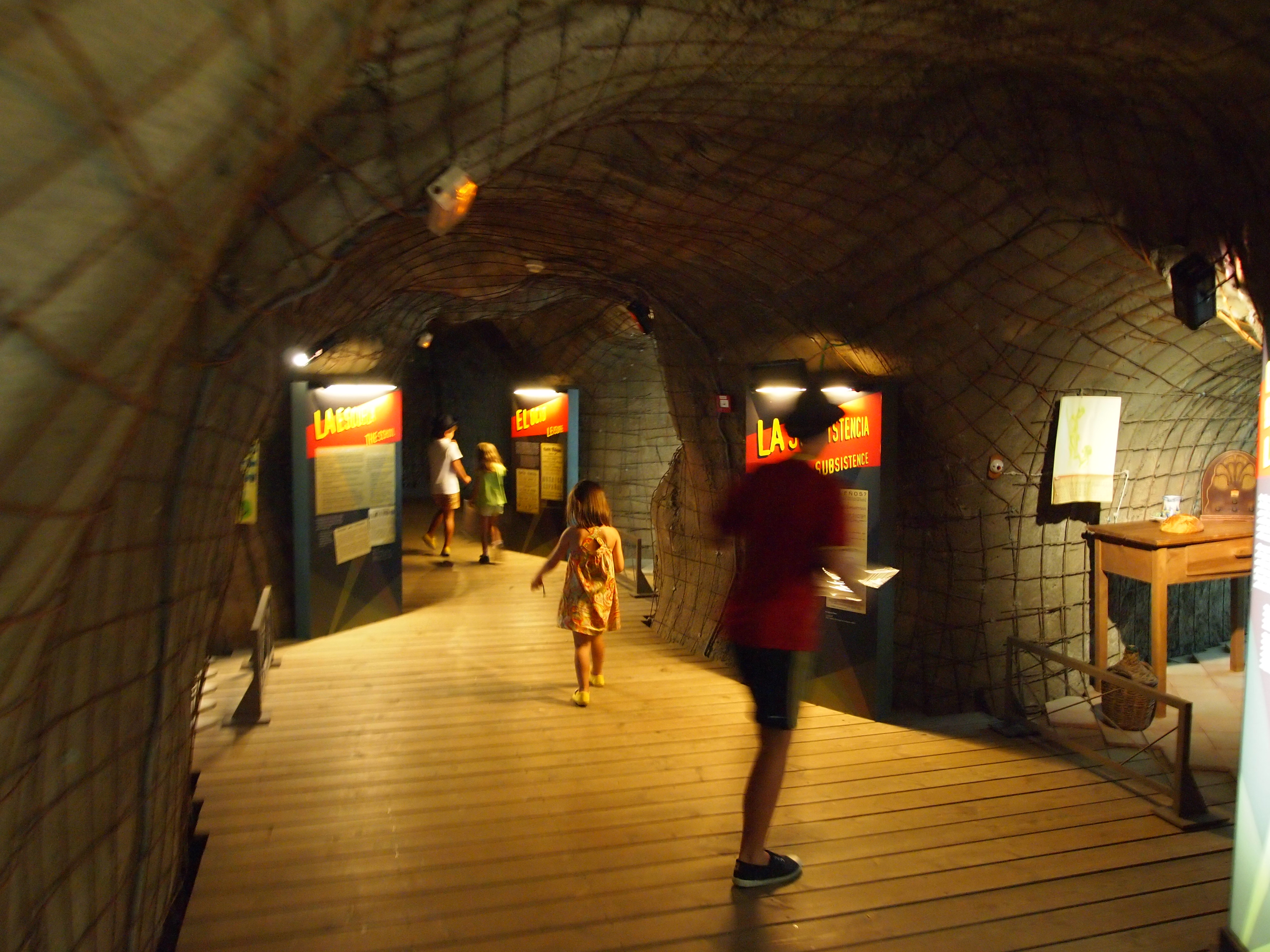
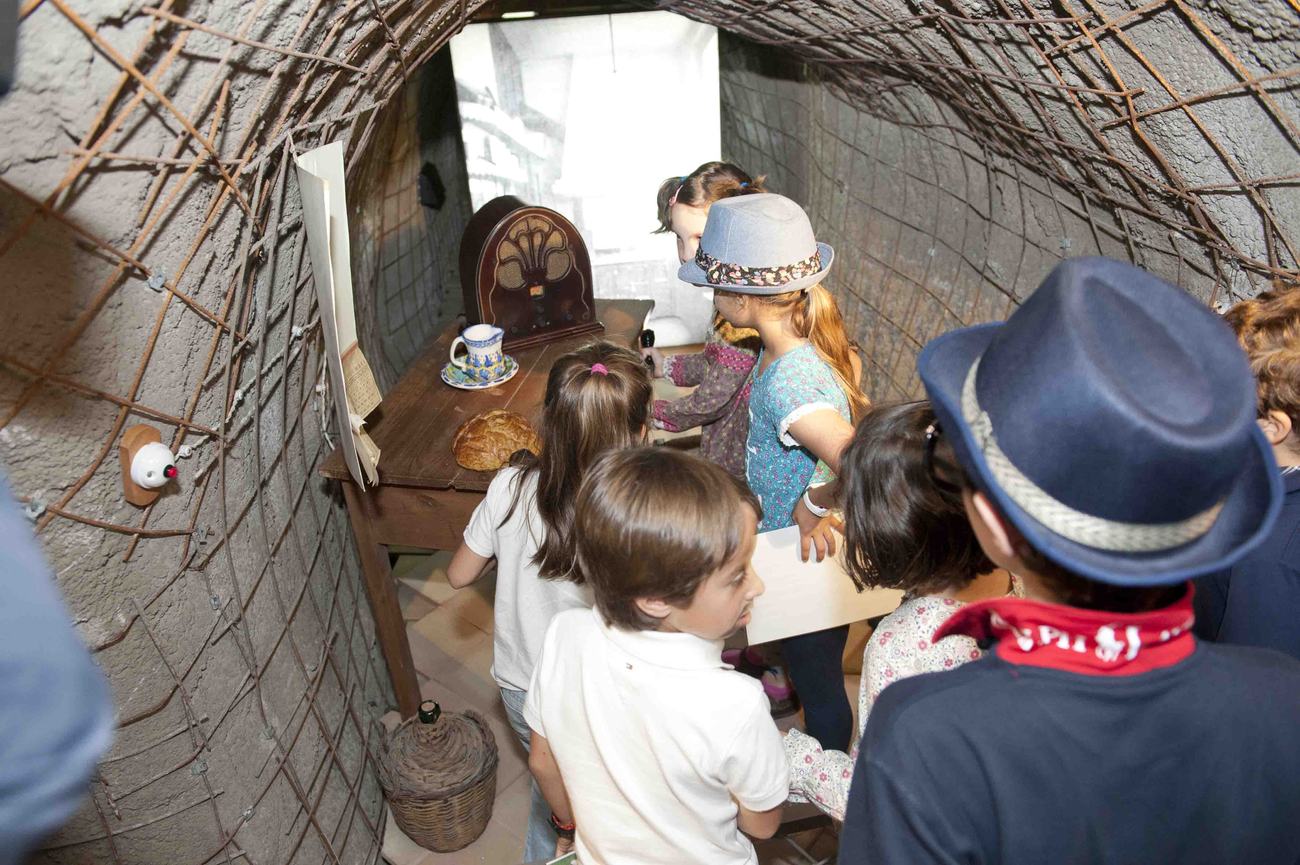

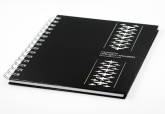
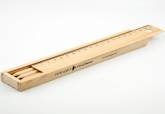
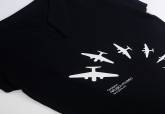

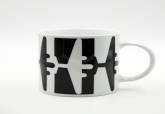
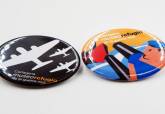
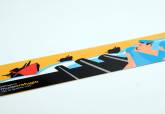
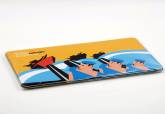
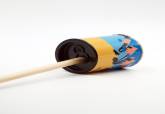
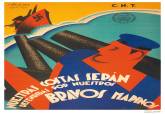
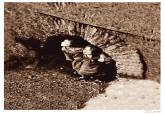
 Tripadvisor
Tripadvisor


